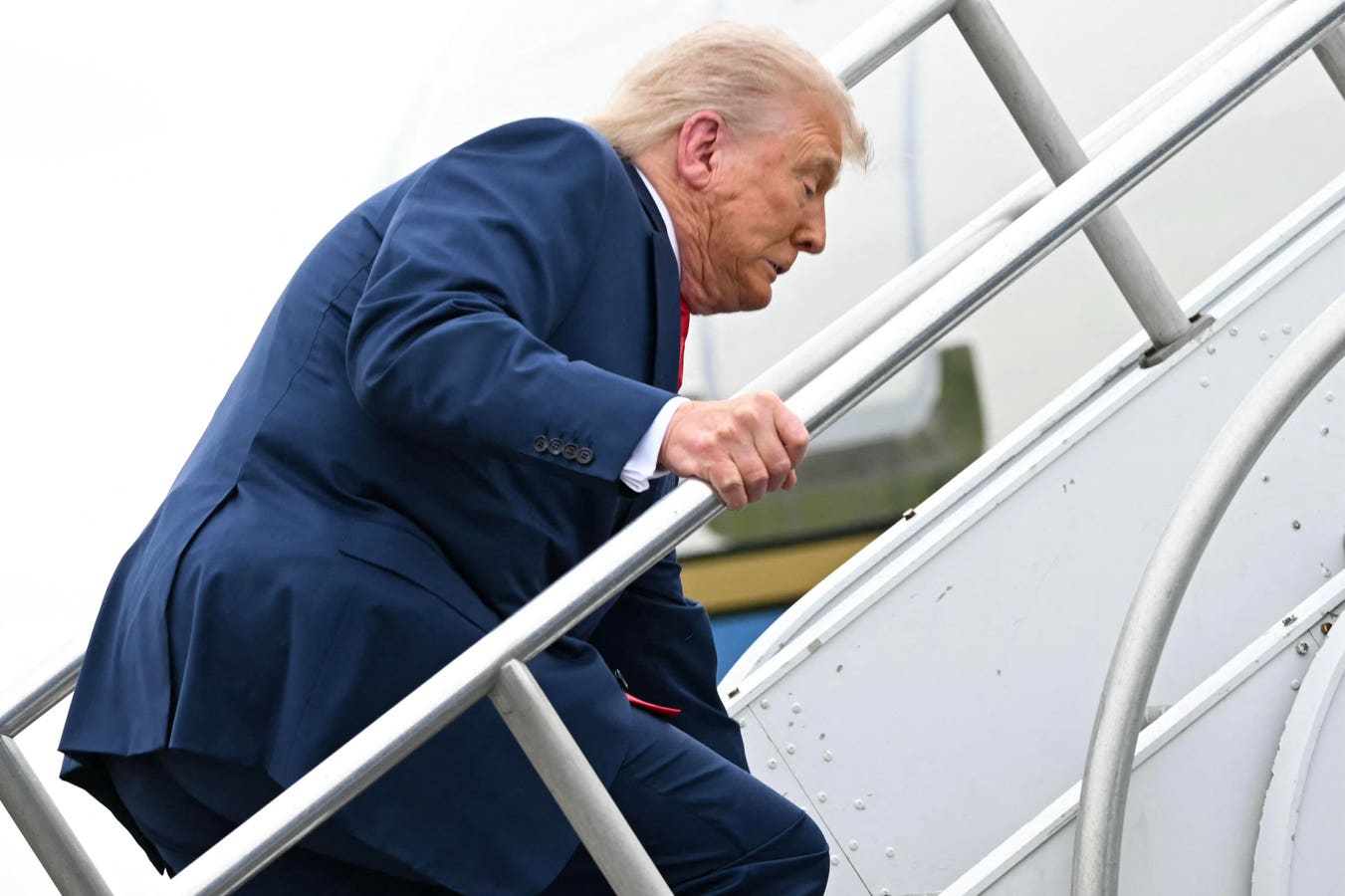Across the country, fleets are making moves to electrify, driven by operational cost savings and other factors. But while electric vehicles are increasingly rolling off production lines, a major bottleneck is slowing progress: connecting to the grid can be a long and complicated process.
The term “interconnection” refers to the steps required to connect EV charging infrastructure to the local power grid. It involves everything from grid studies and transformer upgrades to permitting and utility approvals. And while the typical timeline for site preparation and EV charging installation is relatively short, adding grid side upgrades may mean years of waiting, depending on the region, utility resources, and project complexity.
That timeline doesn’t match the pace of electrification. According to ICF’s latest forecast, total electricity demand is now projected to grow 25% by 2030—up from a previous 18% projection by 2033—and by 78% by 2050. Demand is accelerating faster than expected, and infrastructure must keep up.
Electric school buses and charging stations at a fleet yard in California
The Interconnection Challenge
Interconnection delays are one of the most common challenges facing fleets and charging developers. Many projects come to a halt due to a lack of sufficient electrical capacity at the site while others encounter unique site-specific circumstances that have nothing to do with the utility. And as EV deployment continues, the complexity of the problem increases.
From investor-owned to municipal, each utility operates differently. Some offer comprehensive make-ready programs, transparent capacity maps, and hands-on technical assistance, while others are still building out their internal expertise. Either way, the result is often the same: vehicle miles cannot be electrified if the infrastructure isn’t online.
In response, fleets and developers are adopting solutions to work within existing utility or site constraints while maximizing their electrification using available infrastructure capacity. One increasingly viable option is flexible interconnection, or a flexible service connection in the EV context. This model enables managed charging, dynamic energy use, and more intelligent infrastructure deployment. A flexible connection allows customers to collaborate with their utility to decide how much extra power they really need rather than simply assuming the highest potential need and waiting for a yes or no answer. And it gives utilities a new tool to serve customers who are electrifying faster than the grid can be upgraded.
A New Approach to Building the Grid for EVs
Many organizations are leveraging hardware and software tools to use existing grid capacity more efficiently. One leader in this space is The Mobility House, which works with fleets to intelligently manage energy loads and optimize charging.
“Most utilities are not set up to proactively study how much capacity a specific fleet actually needs or can access,” said Sam Hill-Cristol, Director of Business Development and Strategy at The Mobility House. “That’s where charging management systems come in. The right CMS can be used to merge customer and utility constraints.”
These systems use predictive analytics and automated load management to match charging demand with available power capacity to meet fleet mobility. This can function as a “bridge to wires,” allowing fleet electrification to proceed while the utility completes needed infrastructure upgrades. In some cases, the solutions can even defer or avoid infrastructure improvements altogether, especially when paired with smart controls, dynamic scheduling, or battery storage.
States like California, Colorado, Illinois, Maryland, and New York are advancing programs and policy shifts to encourage more adaptive interconnection approaches and proactive engagement between the utility and customers seeking to electrify. And with new industry technical standards (such as UL 3141) for power control systems on the horizon, utilities will soon have more assurance that customers can respect agreed-upon energy use limits and patterns.
How Fleets Make It Work
The largest operator of electric school buses in North America, First Student, is putting other innovative strategies to work. The company has 450 electric buses on the road today, 1,500 more on order, and a target of 30,000 by 2035.
Kevin Matthews, Head of Electrification at First Student, brings decades of experience in grid planning and vehicle-grid-integration. “Infrastructure is what enables EVs to execute the fleet’s mission,” he said. “So, the first call we make when evaluating a new site is to the utility.”
First Student currently works with 126 utilities across North America, ranging from sophisticated IOUs to small rural co-ops. Despite this diversity, Matthews says the company has never abandoned a project due to interconnection challenges. To help stay ahead of the curve while addressing challenges such as leased property where permanent infrastructure isn’t feasible, First Student developed FirstCharge. This modular system can be relocated, scaled up, and even comes pre-wired for stationary storage to help offset demand charges.
“We’re seeing cost reductions of up to 30%,” Matthews notes. “It’s practical, it’s flexible, and now we’re offering it to other school bus fleets as a service.”
Continuous Improvement
Companies like First Student and The Mobility House are on the leading edge, constantly gaining insights that contribute to a clearer picture of what a friction-less interconnection process could look like.
“When a fleet submits an interconnection request for X megawatts of power that isn’t currently available, the utility would ideally be in a position to facilitate two options for the customer: wait for the upgrade, or move forward now by tapping into load management solutions,” said Hill-Cristol. “That future is closer than people think.”
Given the pace at which electrification is accelerating, fleets and developers are getting creative to address near-term needs while contributing to industry-wide efforts aiming to improve interconnection for EV charging. By investing in technology that makes charging smarter, more responsive, and grid-aligned, these organizations are demonstrating what’s possible when we manage the grid not as a constraint—but as a partner.








